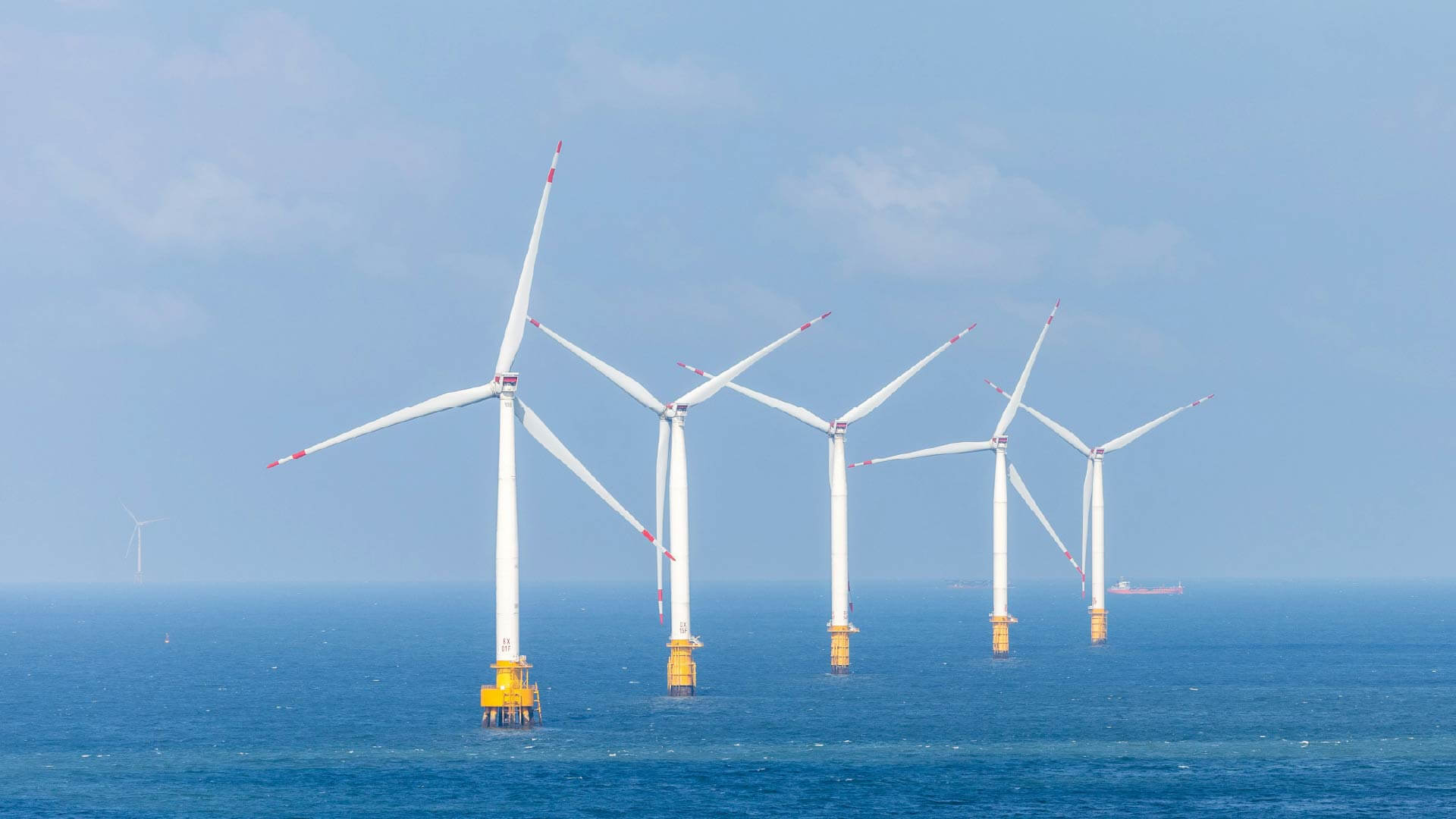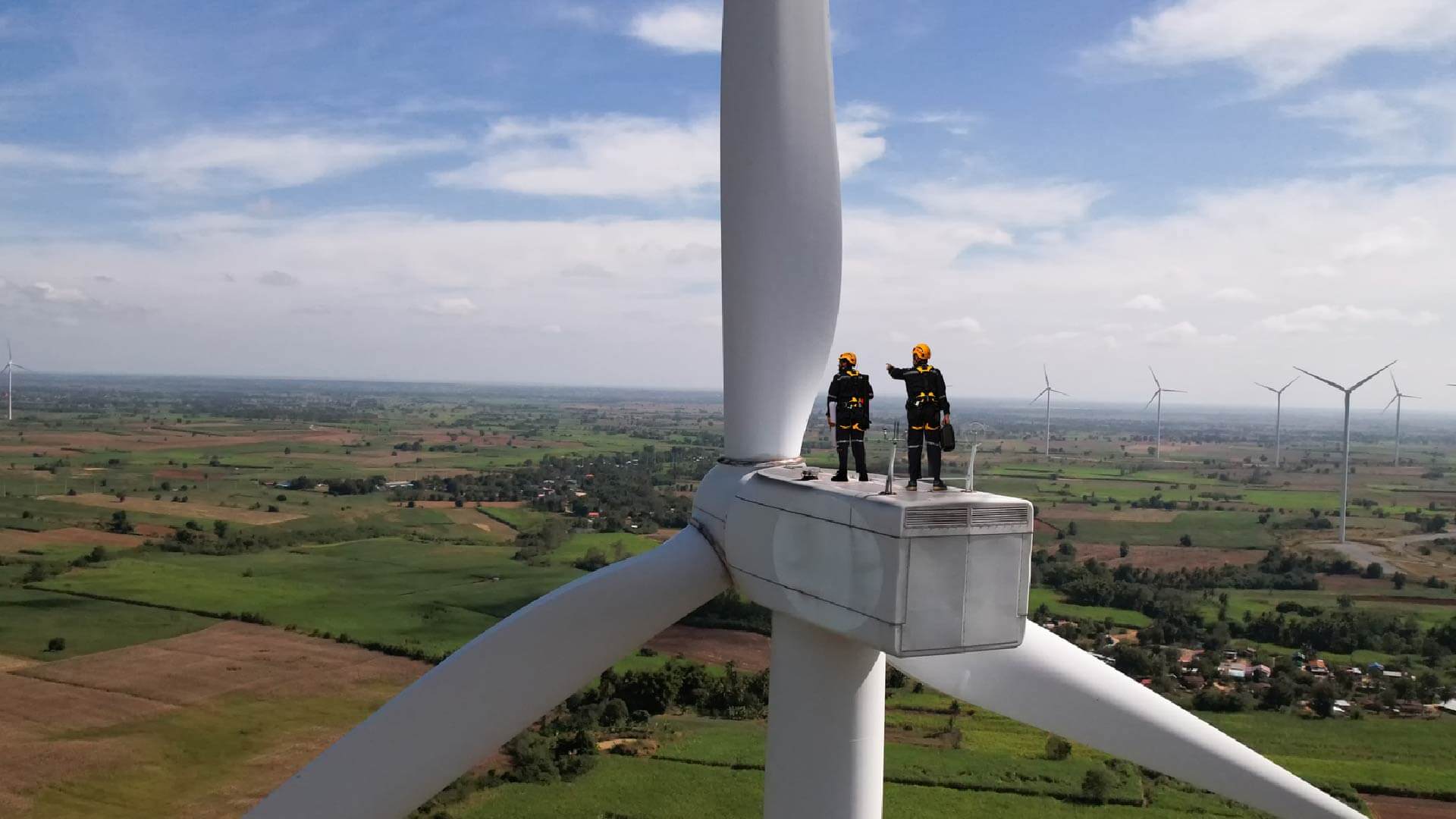Strategic Focus: Understanding ESG And Sustainability Regulations In India
16 Oct, 2024
Join Vantage to access this research
Access our entire Corporate Sustainability Leaders research portfolio by joining Vantage
Need help or have a question about this report? Contact us for assistance
Executive Summary
India's ability to effectively implement the UN’s Sustainable Development Goals (SDGs) will determine the success or failure of up to half of the UN’s global targets – far more than the impact of any other country. Through a sustainable development model, India has the potential to achieve economic growth without a parallel increase in energy use or carbon emissions. As the country addresses this transformation, its ESG and sustainability regulatory regime – defined by its Business Responsibility and Sustainability Report (BRSR) framework – becomes even more critical to ensuring that economic progress aligns with environmental and social goals. This report provides executives with an overview of key sustainability regulations that impact firms operating in India, and the actions they can take to navigate the landscape effectively.
Summary for decision-makers
India is strengthening its ESG and sustainability regulatory regime
The country’s ESG landscape blends historical influences with modern corporate responsibility
BRSR is the cornerstone of India’s sustainability reporting landscape
A swathe of regulations works in tandem with BRSR to build a holistic ESG regulatory landscape
To align with evolving sustainability standards, firms should start preparing and investing now
India is strengthening its ESG and sustainability regulatory regime
The country’s ESG landscape blends historical influences with modern corporate responsibility
BRSR is the cornerstone of India’s sustainability reporting landscape
A swathe of regulations works in tandem with BRSR to build a holistic ESG regulatory landscape
To align with evolving sustainability standards, firms should start preparing and investing now
Figure 1. A snapshot of India’s economic indicators
Figure 2. India’s environmental commitments
Figure 3. Summary of the attributes and KPIs in the BRSR Core
Figure 4. Timeline and applicability of BRSR Core and Lite
Figure 5. Indian firms and their sustainability commitments and initiatives
Figure 2. India’s environmental commitments
Figure 3. Summary of the attributes and KPIs in the BRSR Core
Figure 4. Timeline and applicability of BRSR Core and Lite
Figure 5. Indian firms and their sustainability commitments and initiatives
Bank of America, Deloitte India, Dr. Reddy’s Laboratories, Global Reporting Initiative (GRI), Government of India, HDFC Bank, IFRS Foundation, Infosys, ITC Limited, Larsen & Toubro, Marico, Ministry of Corporate Affairs (India), Ministry of Micro, Small and Medium Enterprises, National Stock Exchange of India (NSE), NITI Aayog, PwC, Ramkrishna Forgings Limited (RKFL), Reliance Industries Limited, Reserve Bank of India (RBI), Securities and Exchange Board of India (SEBI), Stakeholder Empowerment Services (SES), Sustainability Accounting Standards Board (SASB), Task Force on Climate-related Financial Disclosures (TCFD), Taskforce on Nature-related Financial Disclosures (TNFD), Tata Consultancy Services (TCS), TATA Group, Tata Trusts, UN, UN Human Rights Council (UNHRC), Vedanta, Wipro
About the Authors

Priyanka Bawa
Senior Analyst
Priyanka is a Senior Analyst at Verdantix, where she leads research to enable sustainability leaders and services firms to analyse shifting market dynamics and evaluate innova...
View Profile
Kim Knickle
Research Director
Kim Knickle is a Research Director at Verdantix, bringing more than two decades of analyst experience to the evolving world of sustainability. Her current research spans ESG a...
View Profile












